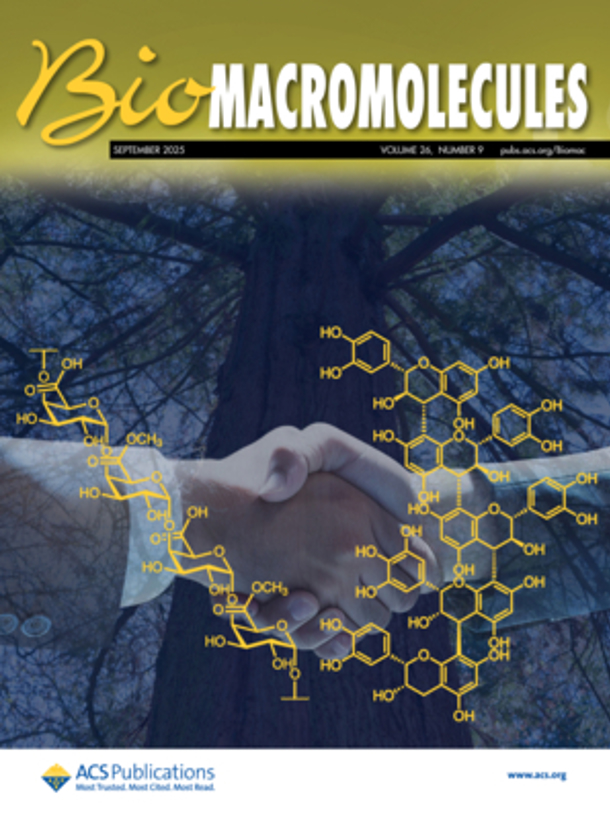
Published at: Biomacromolecules
Positional Fluorination of Fmoc-Phenylalanine Modulates Hydrogel Structure and Antibacterial Activity
Abstract
The rise of antibiotic-resistant bacteria emphasizes the urgent need for alternative therapeutic strategies. Self-assembling nanostructures, such as fluorenylmethoxycarbonyl-pentafluoro-l-phenylalanine (Fmoc-F5-Phe), have shown promising antibacterial activity by selectively targeting bacterial membranes. However, the influence of fluorine positioning on hydrogel’s physical and biological properties remains poorly understood. Here, we evaluate three single-fluorinated Fmoc-phenylalanine derivatives, each featuring a fluorine substitution at a different aromatic position. We demonstrate that even subtle positional changes dramatically affect self-assembly kinetics, nanostructure morphology, mechanical properties, and antibacterial performance. While Fmoc-F5-Phe hydrogels are not stable, the single-fluorinated analogues exhibit improved stability and mechanical properties. Among them, Fmoc-4-F-Phe shows the highest antibacterial activity, effectively inhibiting the growth of Streptococcus mutans at low concentrations, increasing ROS levels, disrupting bacterial morphology, and reducing biofilm formation. These biocompatible, self-assembled hydrogels offer a versatile platform for antimicrobial applications with potential in surface coatings, highlighting their promise as next-generation antibacterial biomaterials.


Positional Fluorination of Fmoc-Phenylalanine Modulates Hydrogel Structure and Antibacterial Activity
Share a link using:
https://www.afeka.ac.il/en/industry-relations/research-authority/positional-fluorination-of-fmoc-phenylalanine-modulates-hydrogel-structure-and-antibacterial-activity/WhatsApp
Facebook
Twitter
Email
https://www.afeka.ac.il/en/industry-relations/research-authority/positional-fluorination-of-fmoc-phenylalanine-modulates-hydrogel-structure-and-antibacterial-activity/